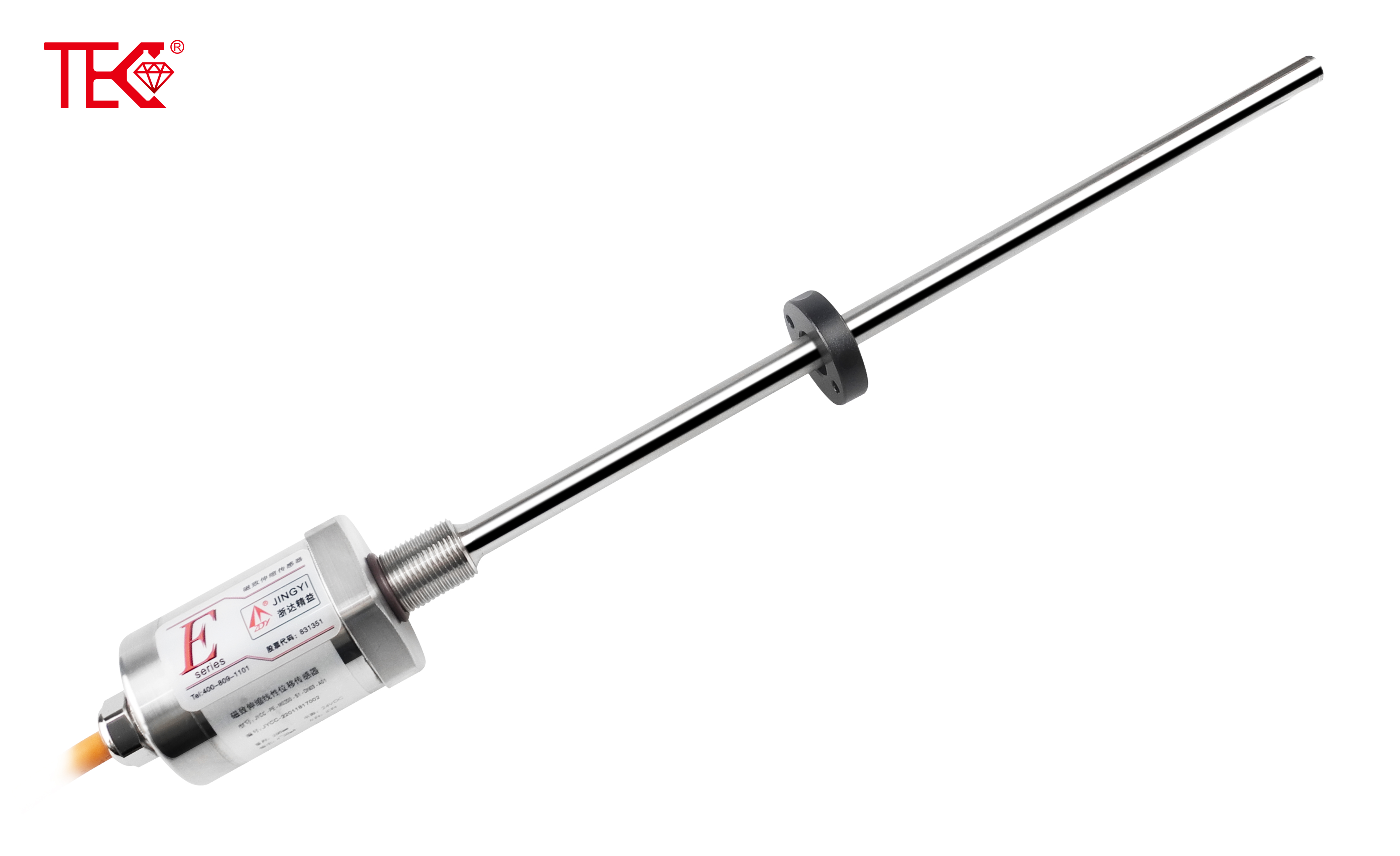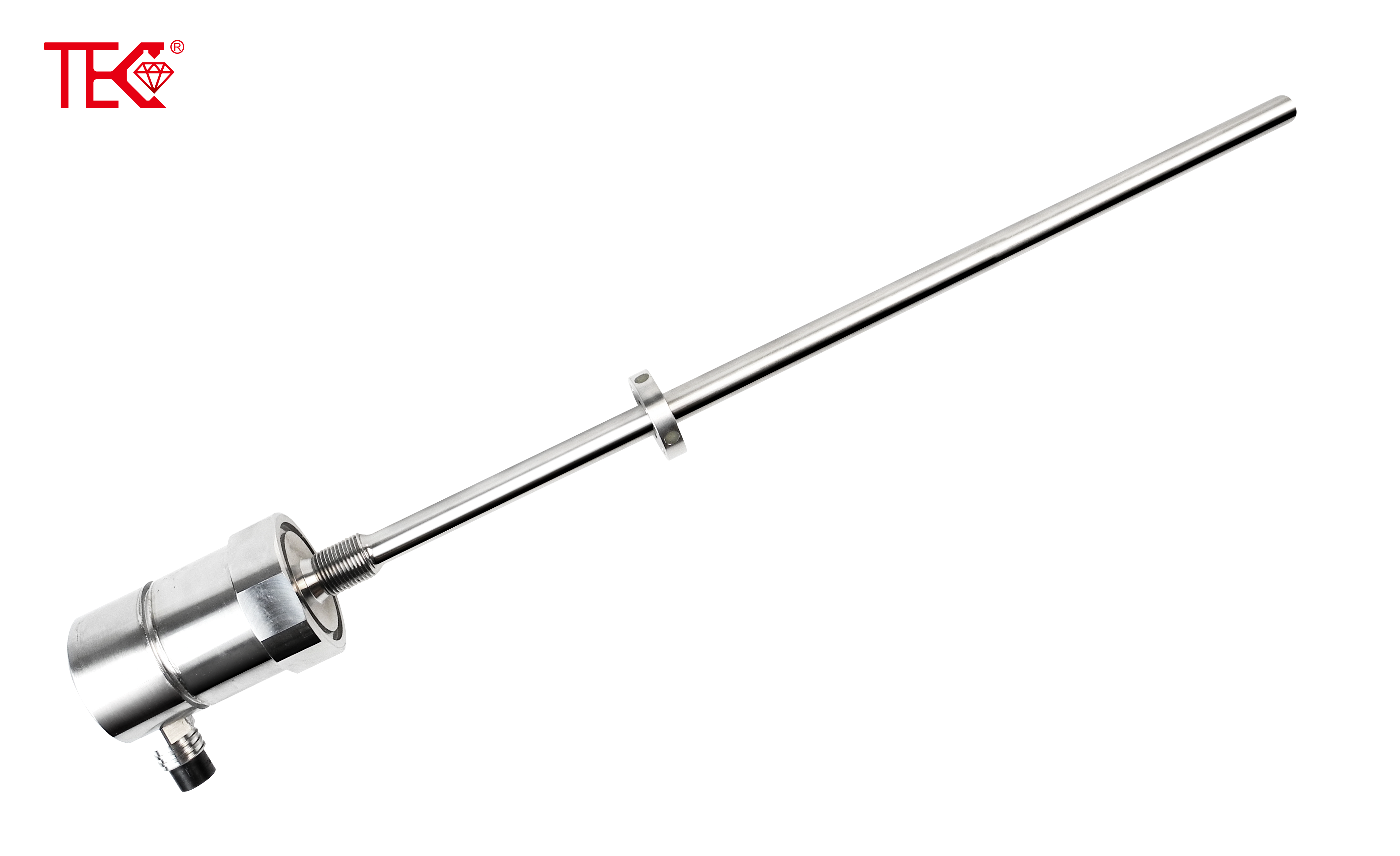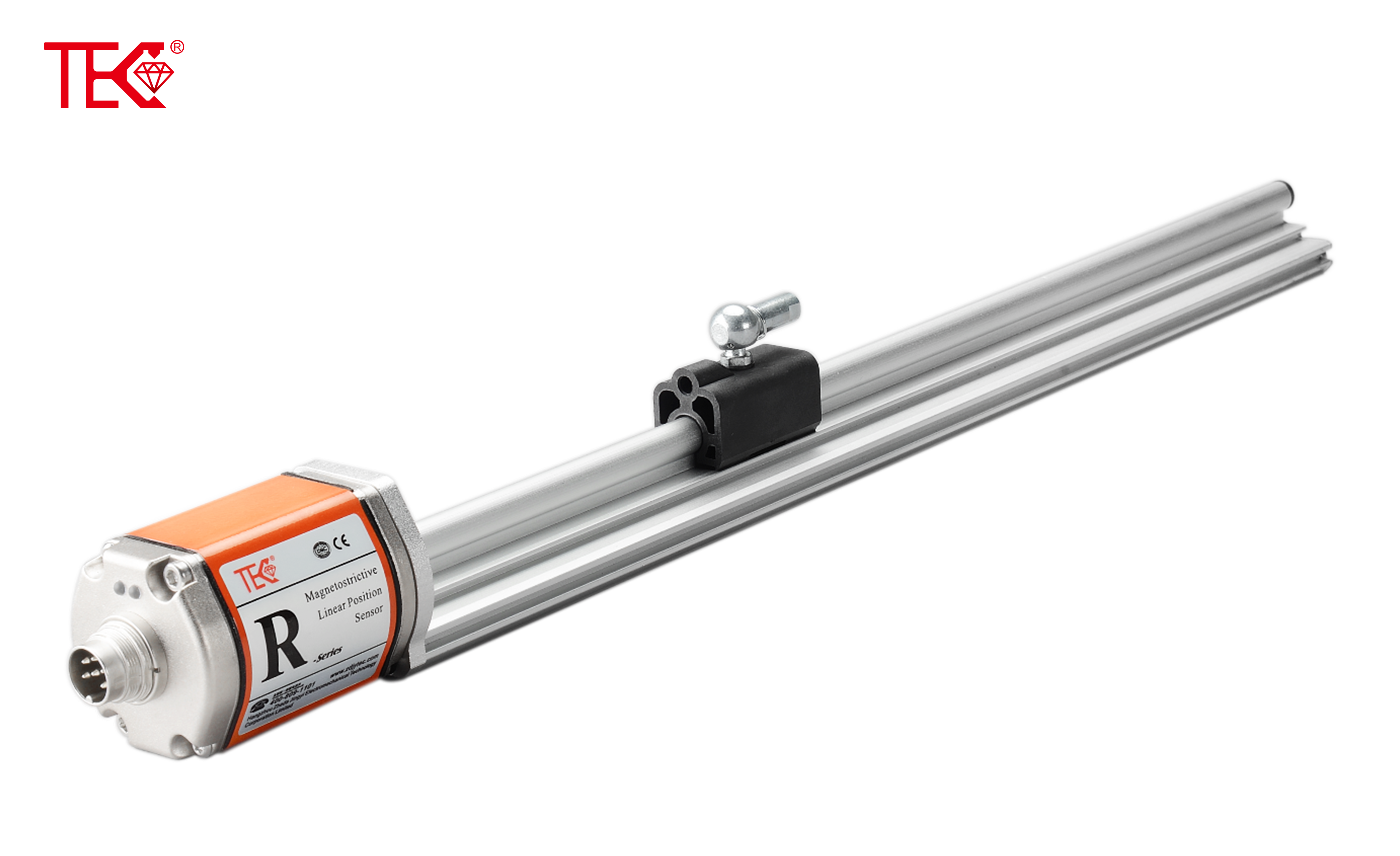Working principle of explosion-proof displacement sensor
Explosion-Proof Design
The explosion-proof displacement sensor ensures safety for equipment and personnel in potentially explosive environments by incorporating special design features and material selections. Its explosion-proof design primarily consists of the following aspects:
Housing Design: The sensor's housing adopts an explosion-proof standard enclosure design, complying with explosion-proof national standards (such as the Exd standard). This design, through rigorous manufacturing and assembly processes, ensures that any explosion occurring within the enclosure will not ignite explosive gases outside, safeguarding against external risks. The housing's material and thickness are meticulously selected to withstand the pressure generated by an internal explosion.
Internal Structure: The sensor employs a non-contact measurement principle (e.g., magnetostrictive principle), eliminating the possibility of mechanical friction and spark generation. Additionally, the internal circuitry and components undergo special treatments to ensure stable operation under extreme conditions.
Explosion-Proof Cable: The connecting cable of the sensor is an explosion-proof type, preventing sparks from occurring due to cable damage or aging.
Displacement Measurement Principle
The explosion-proof displacement sensor typically utilizes the magnetostrictive principle to measure displacement. This principle relies on the characteristics of magnetostrictive materials, which undergo a change in length (magnetostrictive effect) when subjected to a magnetic field. The sensor leverages this phenomenon to determine displacement by measuring magnetic field variations.
The specific working process is as follows:
Initial State: The sensor contains a fixed magnetic field and a movable magnet (or iron core). In the initial position, the relative position between these two components is known.
Displacement Occurs: When the measured object undergoes displacement, it moves the magnet (or iron core) within the sensor. This movement alters the relative position between the magnet and the fixed magnetic field.
Magnetic Field Variation: The movement of the magnet (or iron core) causes a change in the magnetic field within the sensor. This variation is detected by a magnetic sensor element (e.g., Hall element) within the sensor.
Signal Conversion: The magnetic sensor element converts the detected magnetic field variation into an electrical signal (e.g., voltage or current signal). This electrical signal is proportional to the displacement of the measured object.
Signal Processing: The internal circuitry of the sensor amplifies, filters, and processes the electrical signal to obtain a more accurate and stable displacement measurement result.
Output Display: The processed displacement measurement result is output through the sensor's output port (e.g., analog voltage or current output, digital interface) to a control system or data acquisition device for display and further processing.
TEC displacement sensor:https://www.tectransducer.com/
 How to choose a magnetostricti
How to choose a magnetostricti
 Where can the magnetostrictive
Where can the magnetostrictive
 How to choose a magnetostricti
How to choose a magnetostricti
 Working principle of explosion
Working principle of explosion
